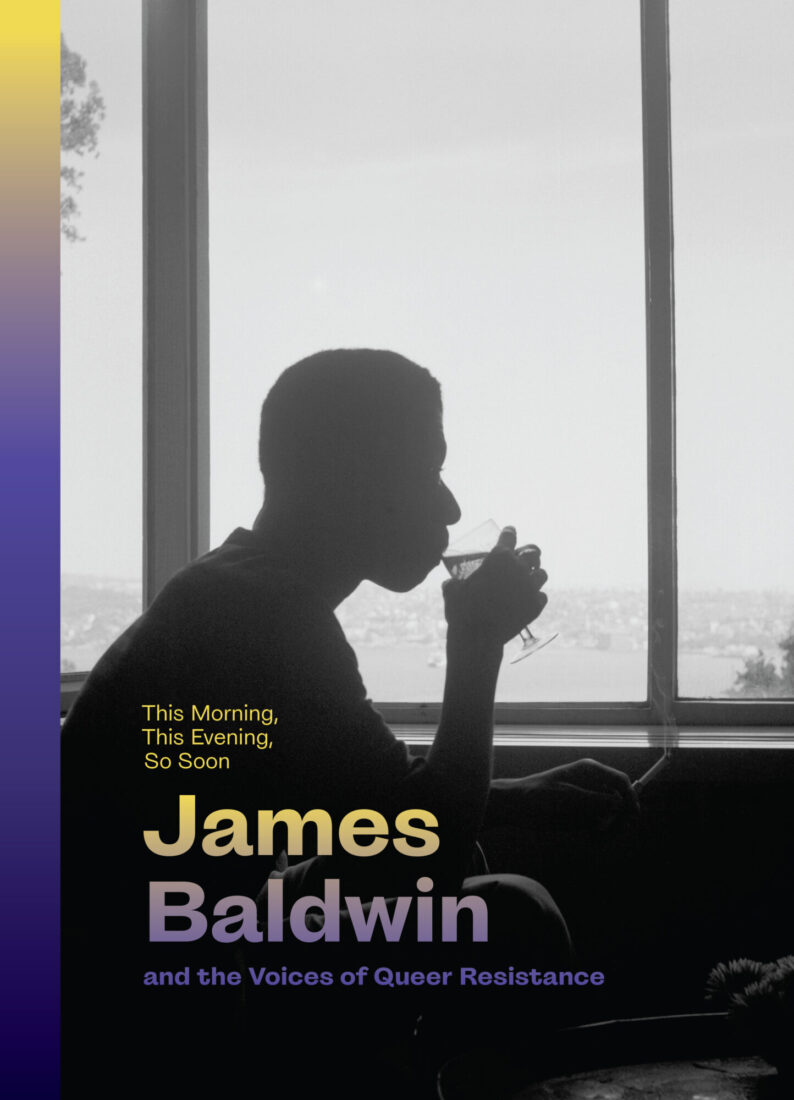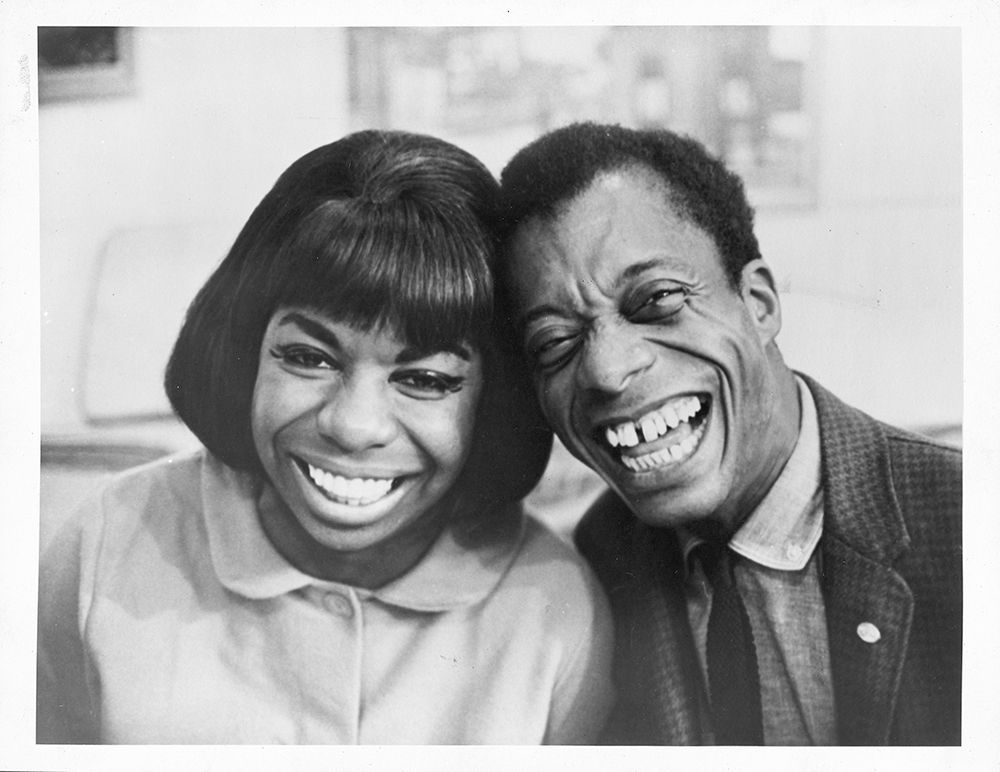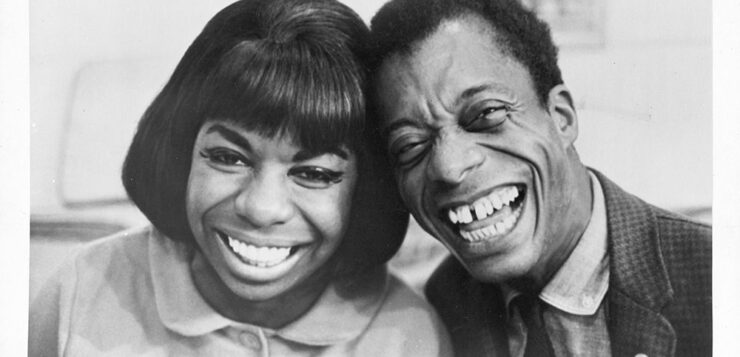 THIS MORNING, THIS EVENING, SO SOON
THIS MORNING, THIS EVENING, SO SOON
James Baldwin and the Voices of Queer Resistance
National Portrait Gallery
at the Smithsonian Institution
July 12, 2024–April 20, 2025
JAMES BALDWIN was one of the first Black Americans to write honestly about being gay, producing eloquent and passionate essays on both racism and homosexuality. His novel Giovanni’s Room, which came out in 1956, dared to broach the latter topic and was shocking for its time. Baldwin’s novels are psychologically penetrating, exploring (among other things) the hypocrisy of a society that likes to think of itself as the land of the free, the land of opportunity where everyone is equal and has the same chance of success, but this is a delusion that ignores America’s pervasive racism and fascism.
James Baldwin and the Voices of Queer Resistance celebrates the 100th anniversary of the writer’s birth in 1924. The exhibition at the Smithsonian’s National Portrait Gallery in Washington is a small but radical combination of faces and events that focus on Baldwin’s Civil Rights activities during the 1960s along with the activists he knew and shared his politics with, including Martin Luther King, Jr., gay activist Bayard Rustin, playwright Lorraine Hansberry (who was largely closeted), singer Nina Simone, poet Langston Hughes, and many others.

Viewers enter the exhibition greeted by Black feminist artist and Civil Rights activist Faith Ringgold’s mixed media fabric quilt. For me, it was like suddenly seeing an old friend and sister in struggle. I worked with Faith as chair of the Women’s Caucus for Art of the College Art Association in the 1970s. There are many personal photos of Baldwin with his fellow activist Bayard Rustin, a tape of Nina Simone at the piano, and copies of the “Ladder” paintings by gay artists Beauford Delaney and contemporary queer artist Glenn Ligon.
Baldwin was a brilliant storyteller and empathetic writer on the human condition who believed it was his moral duty to join the Civil Rights movement in the 1960s. His words and works are as alive and meaningful today as when he first burst on the literary scene in the 1950s. As a college student coming out, I eagerly read everything that Baldwin—along with Allen Ginsberg—had written and would write going forward. I came out as a bisexual, spent days on 21st Street Beach and nights hanging out and dancing, drinking, smoking grass, popping pills, and picking up girls at the various gay bars.
Baldwin’s coming-of-age novels opened up unimaginable worlds that required a total adjustment of how I had previously viewed the world and my relationship to it. It was on February 1st, 1960, that my lifelong fight against racism was ignited when the Greensboro Four took seats at a segregated lunch counter, inciting a series of sit-ins that changed the nation. It inspired many college students of my generation to become activists. It was primarily Jews and African Americans who jointly forced the confrontation at Selma and beyond, leading to the Civil Rights Act of 1968.
Baldwin’s works include, among many others: the novels Go Tell It on the Mountain (1953), Giovanni’s Room (1956), and Another Country (1962); the plays The Amen Corner (1954) and Blues for Mister Charlie (1964); and the essay collections Nobody Knows My Name: More Notes of a Native Son (1961) and The Fire Next Time (1963).
Curated by Rhea L. Combs of the Smithsonian in consultation with Hilton Als, Pulitzer Prize-winning author and New Yorker contributor, the exhibition will be on view through April 20, 2025.
Cassandra Langer, a freelance writer based in New York City, is the author of Romaine Brooks: A Life (Univ. of Wisconsin Press).




